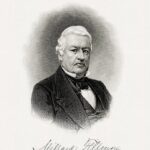
Southerners complained bitterly about any leniency in its application, but its enforcement was highly offensive to many Northerners. Abolitionists recited the inequities of the law since anyone aiding an escaped slave was punished severely, and it granted no due process to the escapee, who could not testify before a magistrate. The law also permitted a higher payment to the hearing magistrate for deciding the escapee was a slave.
Nevertheless, Fillmore believed himself bound by his oath as president and by the bargain that had been made in the Compromise to enforce the Fugitive Slave Act. He did so even though some prosecutions or attempts to return slaves ended badly for the government; there were acquittals, and in one incident a slave was taken from federal custody and freed by a Boston mob. Such cases were widely publicized North and South, inflamed passions in both places, and undermined the good feeling that had followed the Compromise.
In August 1850 the social reformer Dorothea Dix wrote to Fillmore to urge support of her proposal in Congress for land grants to finance asylums for the impoverished mentally ill. Though her proposal did not pass, they became friends, met in person, and continued to correspond well after Fillmore’s presidency.
In September 1850 Fillmore appointed the Church of Jesus Christ of Latter-day Saints leader Brigham Young as the first governor of Utah Territory. In gratitude, Young named the first territorial capital “Fillmore” and the surrounding county “Millard”.
A longtime supporter of national infrastructure development, Fillmore signed bills to subsidize the Illinois Central railroad from Chicago to Mobile, and a canal at Sault Ste. Marie. The 1851 completion of the Erie Railroad in New York prompted Fillmore and his cabinet to ride the first train from New York City to Lake Erie, in the company with many other dignitaries. Fillmore made many speeches along the way from the train’s rear platform, urged acceptance of the Compromise, and later went on a tour of New England with his Southern cabinet members. Although Fillmore urged Congress to authorize a transcontinental railroad, it did not do so until a decade later.
Fillmore appointed one justice to the Supreme Court of the United States and four to United States district courts, including his law partner and cabinet officer, Nathan Hall, to the federal district court in Buffalo. When Supreme Court Justice Levi Woodbury died in September 1851 with the Senate not in session, Fillmore made a recess appointment of Benjamin Robbins Curtis to the Court. In December, with Congress convened, Fillmore formally nominated Curtis, who was confirmed. In 1857 Justice Curtis dissented from the Court’s decision in the slavery case of Dred Scott v. Sandford and resigned as a matter of principle.
Justice John McKinley’s death in 1852 led to repeated fruitless attempts by the president to fill the vacancy. The Senate took no action on the nomination of the New Orleans attorney Edward A. Bradford. Fillmore’s second choice, George Edmund Badger, asked for his name to be withdrawn. Senator-elect Judah P. Benjamin declined to serve. The nomination of William C. Micou, a New Orleans lawyer recommended by Benjamin, was not acted on by the Senate. The vacancy was filled after Fillmore’s term, when President Franklin Pierce nominated John Archibald Campbell, who was confirmed by the Senate.
Source: Wiki


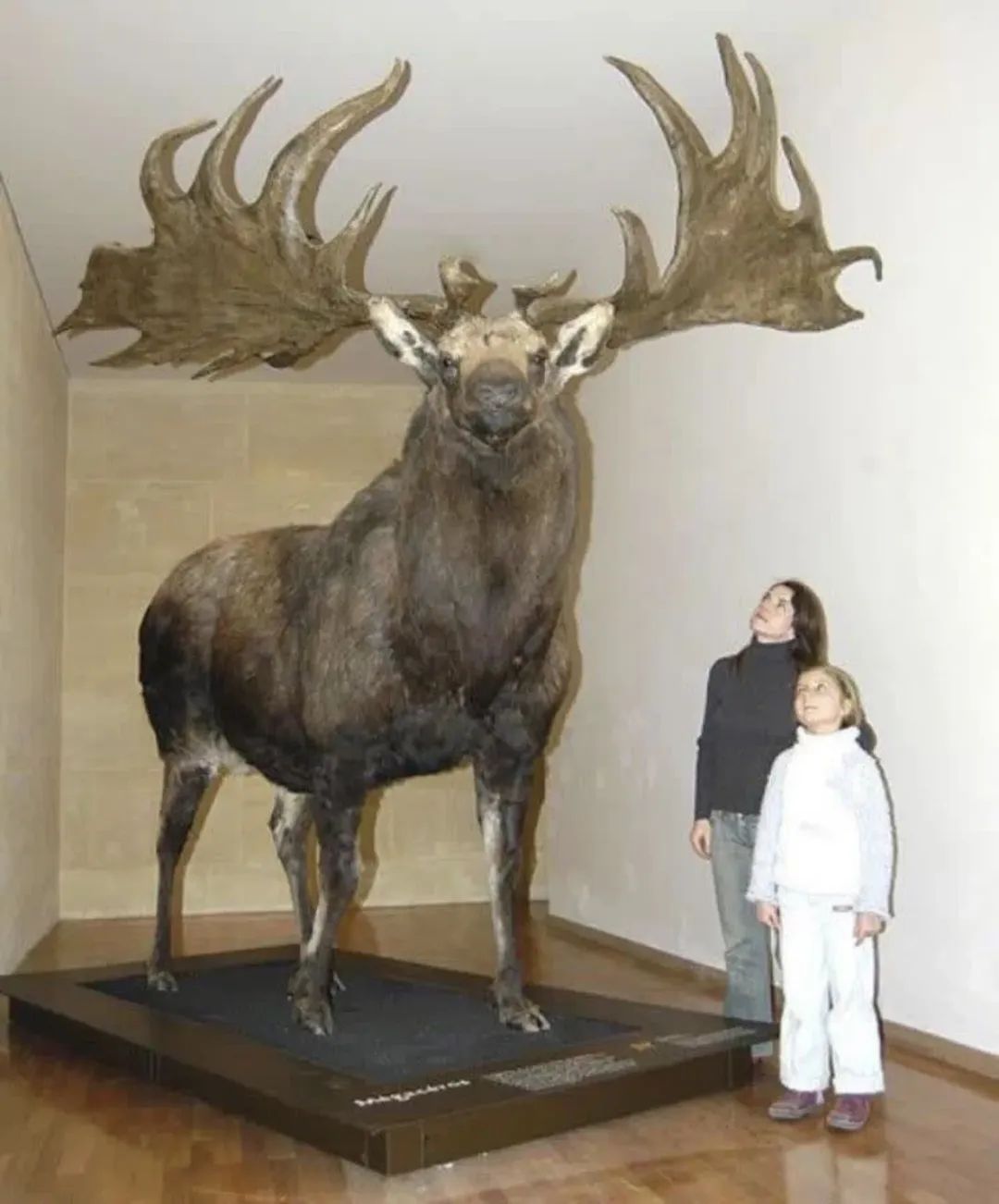
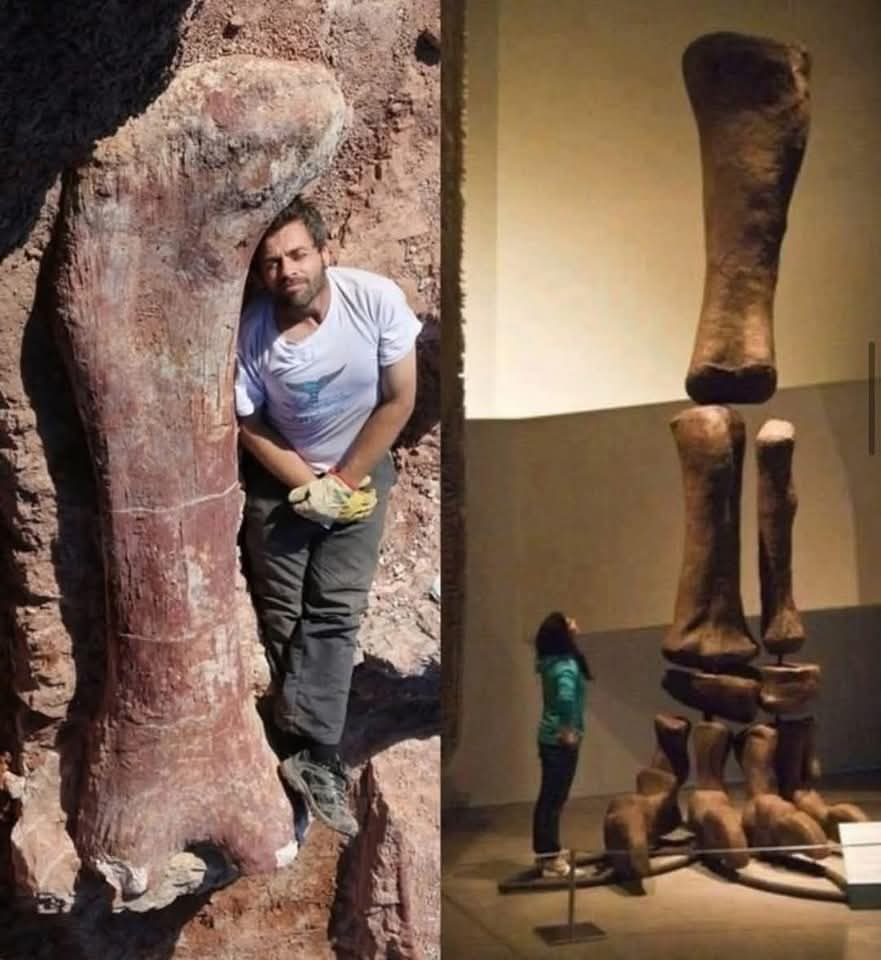


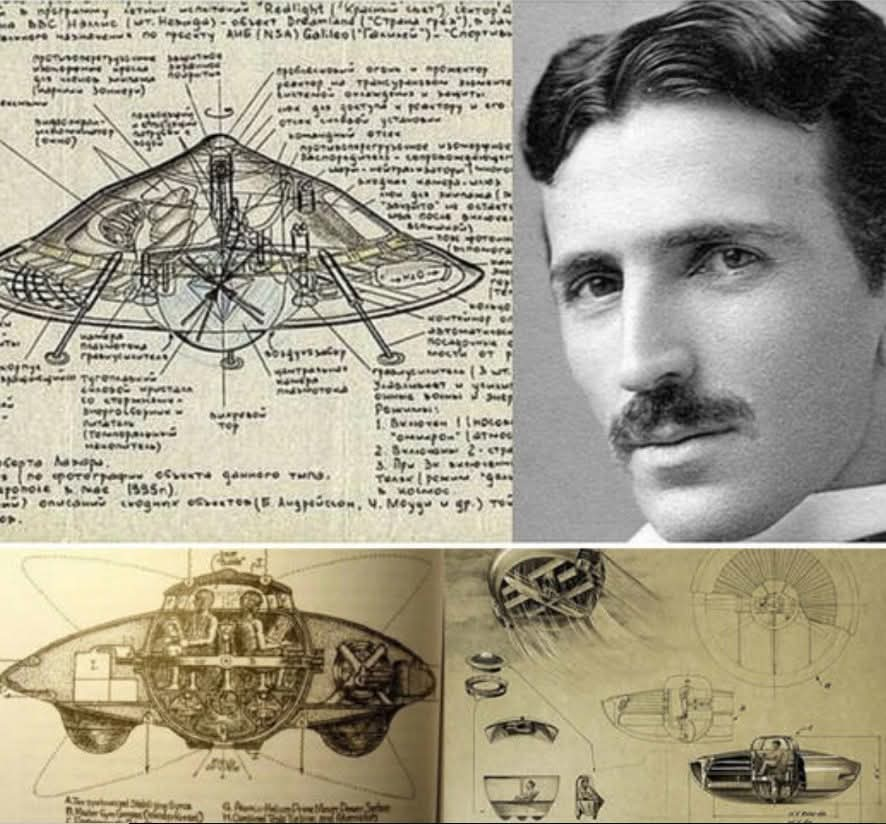


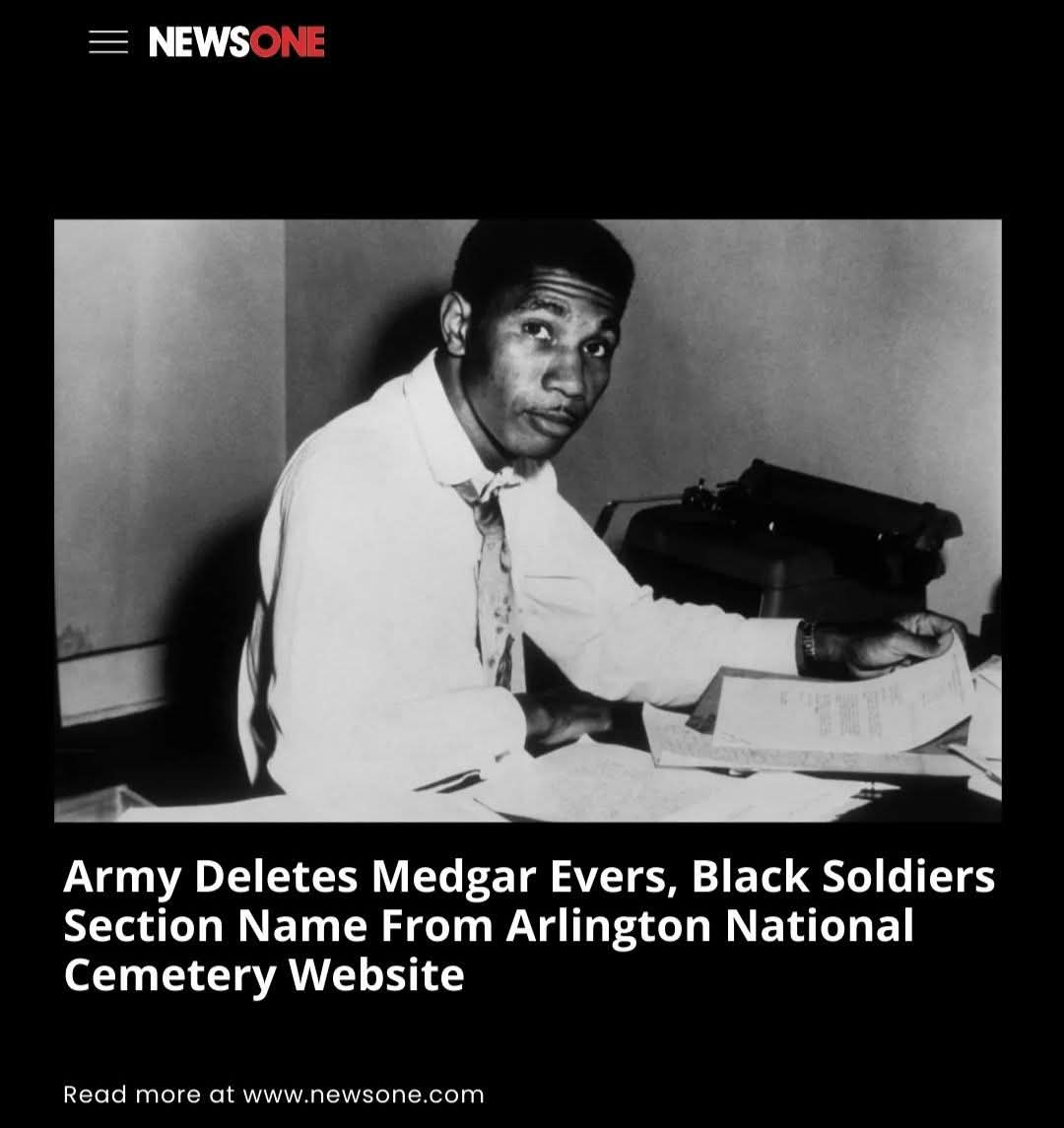
Leave a Reply